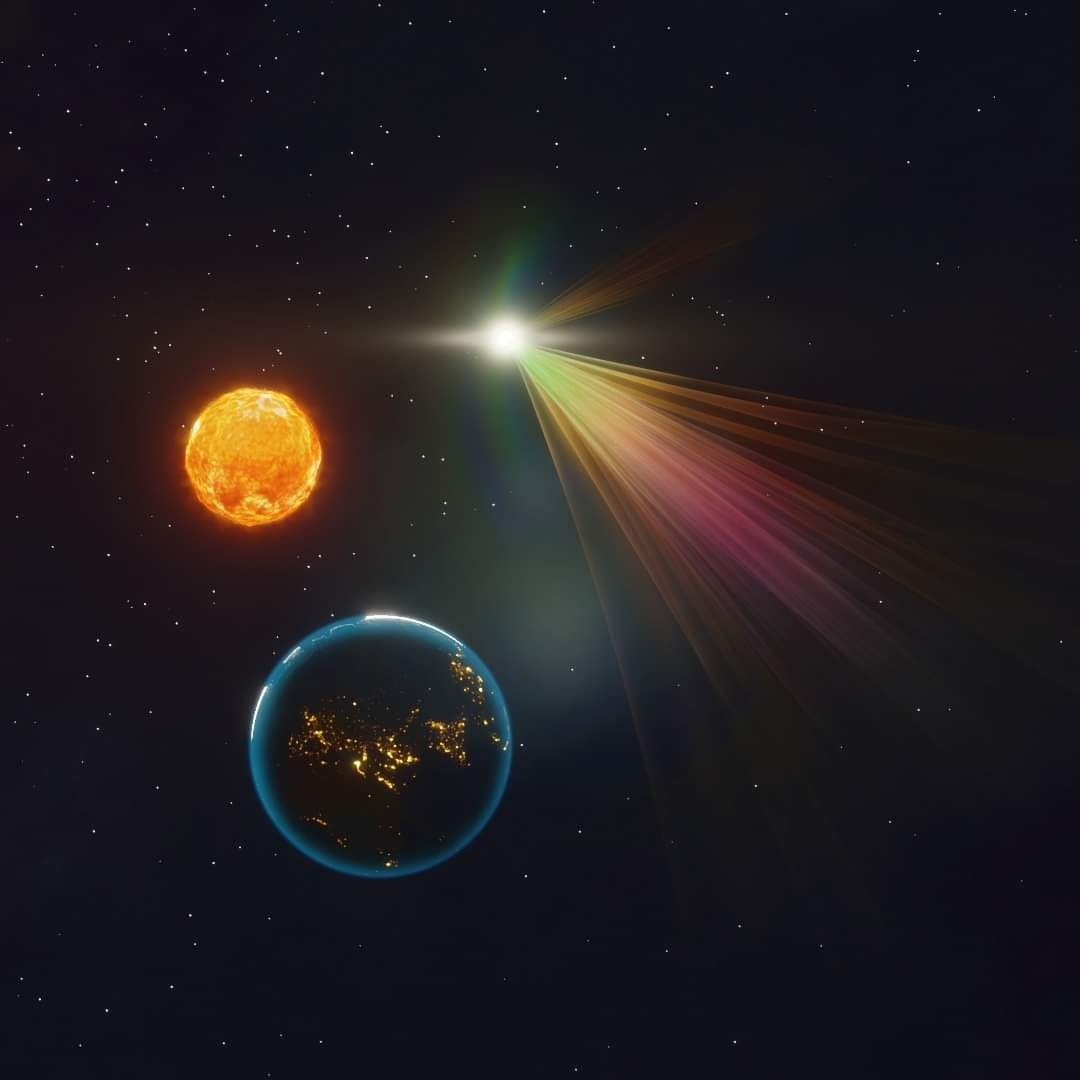Don’t miss the “Christmas comet”!
Comet 62P/Tsuchinshan can be called a “Christmas comet” as it reaches its closest point to the Sun on December 25 this year. The comet is well-positioned in the night sky and might be observable through binoculars. Learn more ️https://starwalk.space/news/upcoming-comets #comet #comet2023 #comets #starwalk
Comet 62P/Tsuchinshan can be called a “Christmas comet” as it reaches its closest point to the Sun on December 25 this year. The comet is well-positioned in the night sky and might be observable through binoculars. Learn more ️https://starwalk.space/news/upcoming-comets #comet #comet2023 #comets #starwalk
Don’t miss the “Christmas comet”! 🎄☄️
Comet 62P/Tsuchinshan can be called a “Christmas comet” as it reaches its closest point to the Sun on December 25 this year. The comet is well-positioned in the night sky and might be observable through binoculars. Learn more 👉️https://starwalk.space/news/upcoming-comets #comet #comet2023 #comets #starwalk
0 Σχόλια
0 Μοιράστηκε


